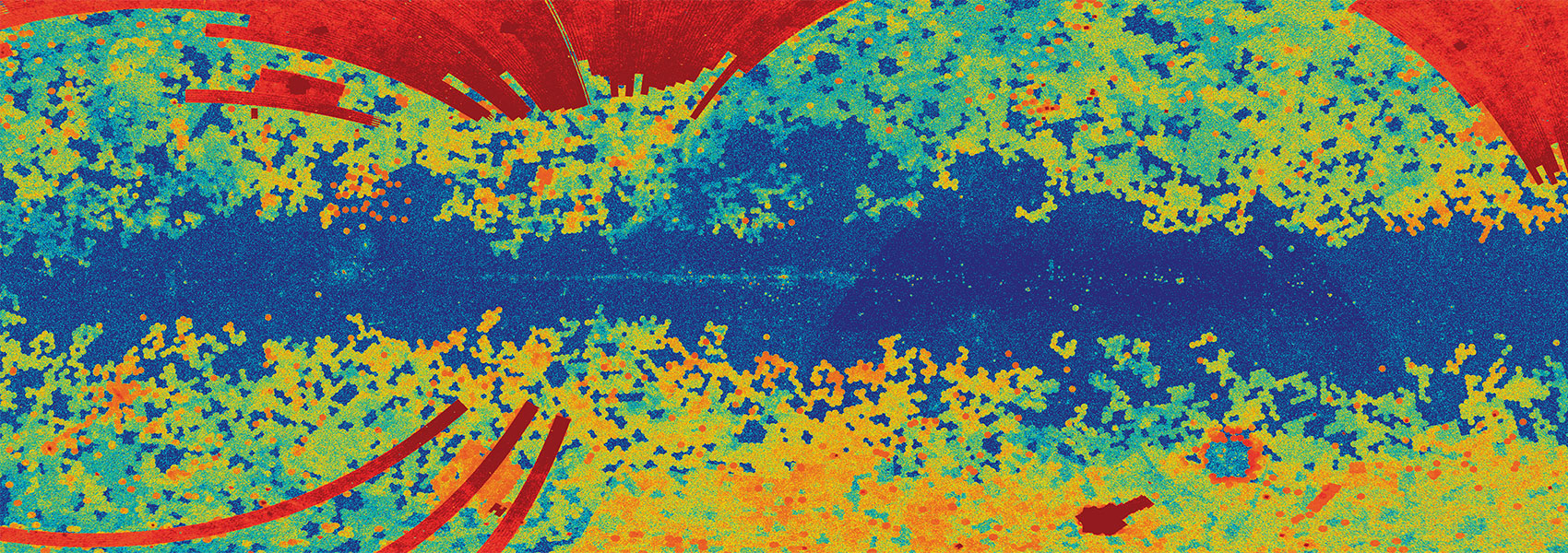July
2010
•
2010A&A...518A..51F
Authors
•
Fouqué, P.
•
Heyrovský, D.
•
Dong, S.
•
Gould, A.
•
Udalski, A.
•
Albrow, M. D.
•
Batista, V.
•
Beaulieu, J. -P.
•
Bennett, D. P.
•
Bond, I. A.
•
Bramich, D. M.
•
Calchi Novati, S.
•
Cassan, A.
•
Coutures, C.
•
Dieters, S.
•
Dominik, M.
•
Dominis Prester, D.
•
Greenhill, J.
•
Horne, K.
•
Jørgensen, U. G.
•
Kozłowski, S.
•
Kubas, D.
•
Lee, C. -H.
•
Marquette, J. -B.
•
Mathiasen, M.
•
Menzies, J.
•
Monard, L. A. G.
•
Nishiyama, S.
•
Papadakis, I.
•
Street, R.
•
Sumi, T.
•
Williams, A.
•
Yee, J. C.
•
Brillant, S.
•
Caldwell, J. A. R.
•
Cole, A.
•
Cook, K. H.
•
Donatowicz, J.
•
Kains, N.
•
Kane, S. R.
•
Martin, R.
•
Pollard, K. R.
•
Sahu, K. C.
•
Tsapras, Y.
•
Wambsganss, J.
•
Depoy, D. L.
•
Gaudi, B. S.
•
Han, C.
•
Lee, C. -U.
•
Park, B. -G.
•
Kubiak, M.
•
Szymański, M. K.
•
Pietrzyński, G.
•
Soszyński, I.
•
Szewczyk, O.
•
Ulaczyk, K.
•
Abe, F.
•
Fukui, A.
•
Furusawa, K.
•
Gilmore, A. C.
•
Hearnshaw, J. B.
•
Itow, Y.
•
Kamiya, K.
•
Kilmartin, P. M.
•
Korpela, A. V.
•
Lin, W.
•
Ling, C. H.
•
Masuda, K.
•
Matsubara, Y.
•
Miyake, N.
•
Muraki, Y.
•
Nagaya, M.
•
Ohnishi, K.
•
Okumura, T.
•
Perrott, Y.
•
Rattenbury, N. J.
•
Saito, To.
•
Sako, T.
•
Sato, S.
•
Skuljan, L.
•
Sullivan, D.
•
Sweatman, W.
•
Tristram, P. J.
•
Allan, A.
•
Bode, M. F.
•
Burgdorf, M. J.
•
Clay, N.
•
Fraser, S. N.
•
Hawkins, E.
•
Kerins, E.
•
Lister, T. A.
•
Mottram, C. J.
•
Saunders, E. S.
•
Snodgrass, C.
•
Steele, I. A.
•
Anguita, T.
•
Bozza, V.
•
Harpsøe, K.
•
Hinse, T. C.
•
Hundertmark, M.
•
Kjærgaard, P.
•
Liebig, C.
•
Mancini, L.
•
Masi, G.
•
Rahvar, S.
•
Ricci, D.
•
Scarpetta, G.
•
Southworth, J.
•
Surdej, J.
•
Thöne, C. C.
•
Riffeser, A.
•
Seitz, S.
Abstract
•
Context. Not only is gravitational microlensing a successful tool for discovering distant exoplanets, but it also enables characterization of the lens and source stars involved in the lensing event.
Aims: In high-magnification events, the lens caustic may cross over the source disk, which allows determination of the angular size of the source and measurement of its limb darkening.
Methods: When such extended-source effects appear close to maximum magnification, the resulting light curve differs from the characteristic Paczyński point-source curve. The exact shape of the light curve close to the peak depends on the limb darkening of the source. Dense photometric coverage permits measurement of the respective limb-darkening coefficients.
Results: In the case of the microlensing event OGLE 2008-BLG-290, the K giant source star reached a peak magnification at about 100. Thirteen different telescopes have covered this event in eight different photometric bands. Subsequent light-curve analysis yielded measurements of linear limb-darkening coefficients of the source in six photometric bands. The best-measured coefficients lead to an estimate of the source effective temperature of about 4700+100-200 K. However, the photometric estimate from colour-magnitude diagrams favours a cooler temperature of 4200 ± 100 K.
Conclusions: Because the limb-darkening measurements, at least in the CTIO/SMARTS2 V_s- and I_s-bands, are among the most accurate obtained, the above disagreement needs to be understood. A solution is proposed, which may apply to previous events where such a discrepancy also appeared.
Links




